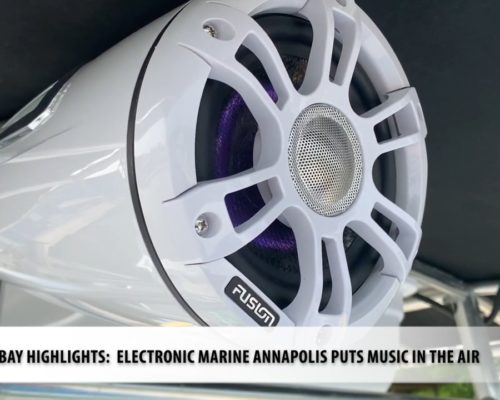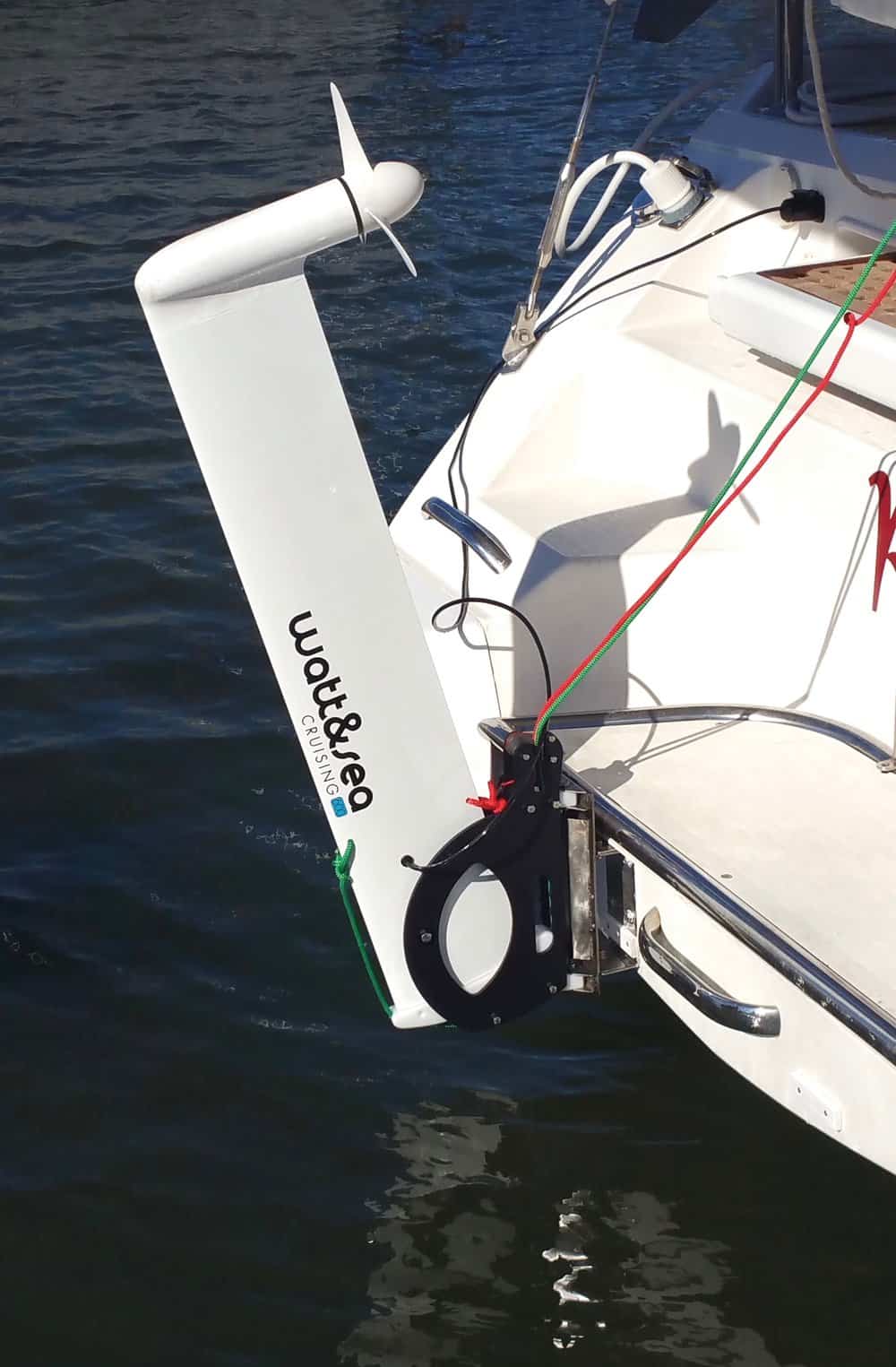Tucked behind a boutique-y row of storefronts in historic Easton, Md., lies the modest-looking headquarters of Ocean Charting Services (OCS). Upstairs, a big chart table dominates the main room and is surrounded by massive printers and desktop computers. Two other computer-banked offices are down a short hall. Downstairs is another chart room, lunchroom, and two small offices. It seems low-key.
Holly Thompson, who shares an office with company founder, John Danly, pads around barefoot. It could be any small-town business, except for the framed photographs of ships and articulated tug-and-barge units (ATB’s) plus a Swedish chart that Thompson picked up in a Stockholm gas station (Gotta love the boat-focused Swedes!), which hint that Danly and his eight-person team are plugged into a key piece of maritime operation— updating shipboard navigation charts and publications.
This deceptively quiet space is actually a hive of activity. OCS counts among its clients some of the biggest names in the industry and currently sends out as many as 412 updating packets a week. The work is exacting and detail-dense, and there are often last minute shipping changes due to the unpredictable nature of maritime schedules.
“For instance, we’ll get a last-minute call from a vessel saying they’ll be in Long Beach instead of Washington,” says Thompson. “So we change the shipment to the agent in California.” Or they ship a second packet, if need be.
The shipboard efficiency their system adds is crucial in a safety-conscious, time-crunched business. Commercial vessels are barraged with corrections, including everything from a shifted or missing buoy to obstructions, depth changes, dredging—anything that impacts navigation. For decades, updating charts, light lists, and navigation aids, (all audited USCG requirements), meant wading through wads of official weekly info to cull what was pertinent to that vessel’s sphere of operation.

“For example, if you carry 50 charts, you have to go through the local Notice to Mariners to find out what will be relevant to them,” says Russell Stone, office manager, among other things in a place that oozes flexible job descriptions. Corrections were then made manually. It was tedious, time-consuming and physically fiddly. Imagine going through a new phone book looking for highlighted address changes for your friends and service businesses then either handwriting them in or cutting out and pasting the new info onto the old listings.
Danly was inspired to start the fifteen-year-old business after hearing complaints of crews in the Great Lakes. “They kept saying, ‘There must be a better way,’ ” he remembers. So he set about creating one. Initially, he started Ocean Computing, a hardware company, but realized that onboard support and training needs would confine his ability to expand. So, in his garage—a la Bill Gates—he founded Ocean Charting Services, which carefully culls the information specific to each vessel, then sends an efficient, user-friendly means of updating.

“We gather all the information and disseminate to people just what they need rather than their having to go through all of it to find what they need,” says Stone.
The slim weekly OCS packets provide everything in both paper and digital (DVD/USB) form, and include cool little “chartlets,” which are sticky-backed corrected chart sections. “All you have to do is peel and position the chartlet on top of the paper chart, and stick them down” says Stone.
“Some boats get 30 to 40 or more chartlets per week,” adds Thompson, noting its sleek convenience.
“It’s definitely a huge time-saver for the charts especially,” says Rick Bumstead, Chief Mate on OSG’s Vision 350, a 700-foot, 12,000-hp ATB. “The accuracy is probably a lot better too, because you just stick ’em on. You can’t make a mistake.”
OCS offers a two-month free trial to prospective clients, who can choose from an a-la-carte menu of services.
“Once they try it, they’re sold,” Thompson grins.
Check it out at www.oceanchartingservices.com.



